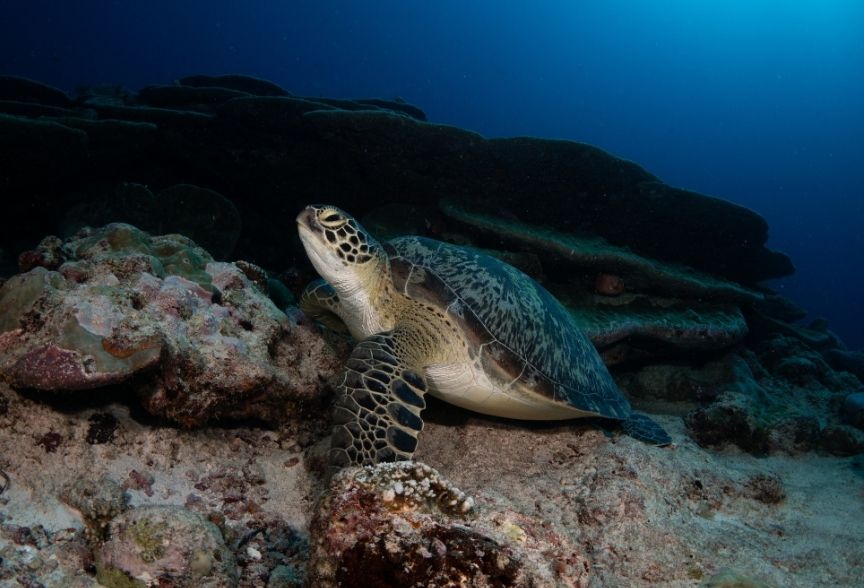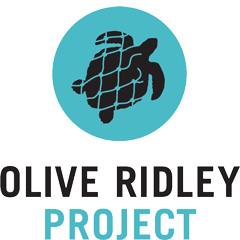Olive Ridley Project welcomes the encouraging news that green turtles (Chelonia mydas) have been downlisted from Endangered to Least Concern on the global IUCN Red List in the latest update published earlier this month. This marks a major milestone in global marine conservation and is a testament to what can be achieved through decades of collaboration, science, and community action.
This is a story of hope, a reminder that conservation efforts can make a real difference. Around the world, initiatives to protect nesting beaches, reduce bycatch, and curb the unsustainable harvest of sea turtles and their eggs have allowed many green turtle populations to show signs of recovery and gradual improvement.
However, while this is a success worth celebrating, we must recognise that we are not out of the woods. Green turtle populations remain far below their historical numbers, and progress has not been uniform. In the North Indian Ocean, green turtles are still listed as Vulnerable overall, and in the Maldives, they remain listed as Endangered. These local and regional disparities remind us that progress in one part of the world does not mean security everywhere.
Even today, green turtles face serious threats from illegal take and accidental capture in fisheries, to the destruction of nesting beaches and feeding grounds caused by unsustainable coastal development. The growing impacts of climate change, rising sea levels, hotter sands, and shifting habitats, add further pressure to a species that takes decades to reach maturity.
The downlisting of green turtles is a clear sign that conservation works when we work together. Yet it is also a call to stay the course. Continued protection, stronger international cooperation, and ongoing investment in science, education, and community-based conservation are essential to ensure these positive trends continue and strengthen over time.
I could not be prouder of our team and partners across the region who dedicate themselves every day to rescuing, treating, studying, and conserving sea turtles, and to inspiring others to care for them. Their commitment makes this progress possible.
But let us be clear: this is not the end of the story, it is a chapter in a long journey toward recovery. Together, we must ensure that green turtles and the ecosystems they represent can continue to move toward stability and long-term resilience for generations to come.
Media Enquiries:
Anadya Singh
Communications Officer
Olive Ridley Project
media@oliveridleyproject.org | oliveridleyproject.org


